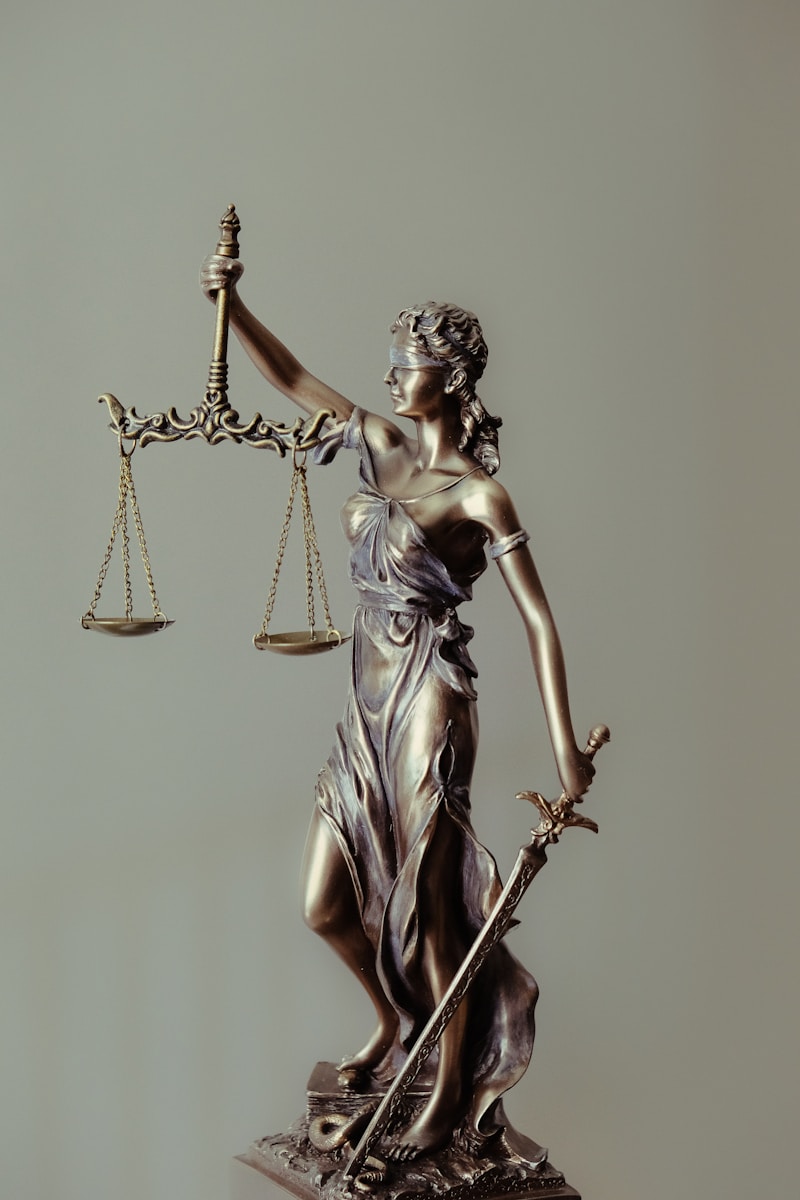Court records are an essential part of any legal system. They preserve the documentation of legal proceedings, decisions, and the development of law over time. The question of how far back these records go is both fascinating and complex, as it depends largely on the country, jurisdiction, and historical context. Exploring the depth of court records reveals insights into the evolution of legal systems, record-keeping practices, and the preservation of historical documents. LA county court records go back pretty far.
Ancient Legal Systems
The concept of maintaining court records dates back thousands of years. One of the earliest known legal codes is the Code of Hammurabi, created around 1754 BCE in ancient Mesopotamia. Though not “court records” in the modern sense, these tablets represented an early attempt to document laws and judicial outcomes. Similarly, ancient Egyptian, Greek, and Roman civilizations maintained various forms of legal documentation. Roman law, in particular, was highly developed and included written transcripts of proceedings and legal judgments.
Medieval Europe
In Europe, court records from the medieval period have survived in varying conditions. In England, for instance, the royal courts began keeping more systematic records in the 12th and 13th centuries. One notable example is the Pleas of the Crown from the reign of King Henry II, dating to the 1160s. By the 13th century, rolls such as the Assize Rolls and Coram Rege Rolls were being regularly maintained, documenting criminal and civil cases. These early records formed the foundation for the English common law tradition and are still preserved in the UK’s National Archives.
Colonial and Early American Records
In the United States, the oldest surviving court records can be traced back to colonial times. Some of the earliest date to the early 1600s in Virginia, Massachusetts, and other colonies. These records include proceedings on land disputes, criminal cases, and local governance issues. Many were handwritten in ledgers or docket books and have since been preserved in state archives or historical societies.
Modern Times
With the advent of printing and later digital technology, court record-keeping became more standardized and accessible. Today, court records in most developed countries are kept meticulously, with many available online for public viewing. In the U.S., for example, federal court records are maintained through the PACER system (Public Access to Court Electronic Records), and state courts have their own archival systems.
Challenges in Preservation
Despite efforts to preserve legal documents, many older court records have been lost due to wars, natural disasters, or poor archival practices. Fire and water damage have destroyed countless volumes in courthouses around the world. Additionally, in some countries, political upheaval led to the loss or destruction of legal archives.
The history of court records stretches back thousands of years, evolving alongside human civilization and legal systems. While the oldest surviving records may date back to ancient times, more systematic and complete documentation began in the medieval period. Today, these records not only serve as legal references but also provide a rich historical resource, offering glimpses into past societies, their values, and their concepts of justice.
